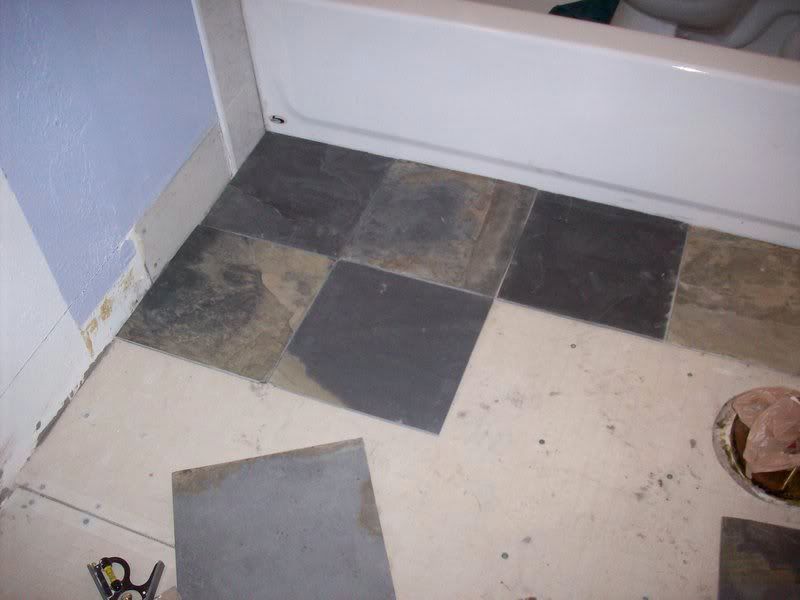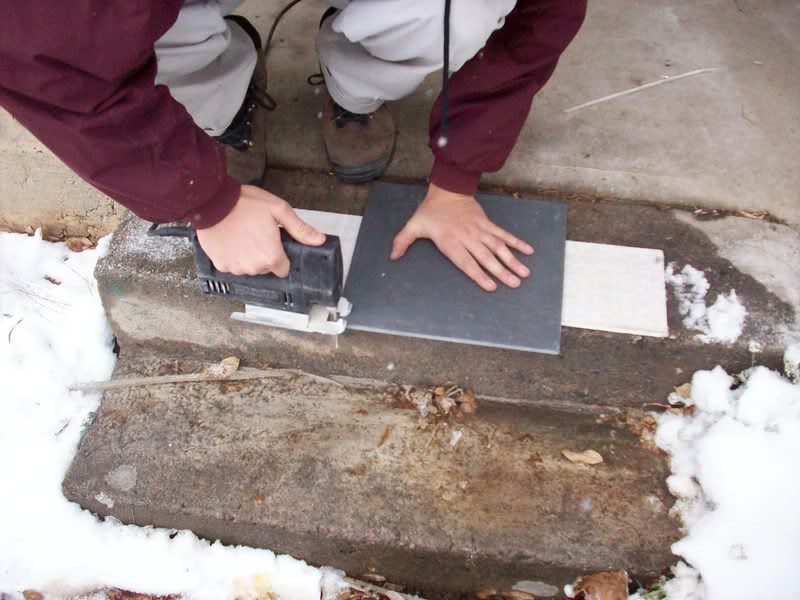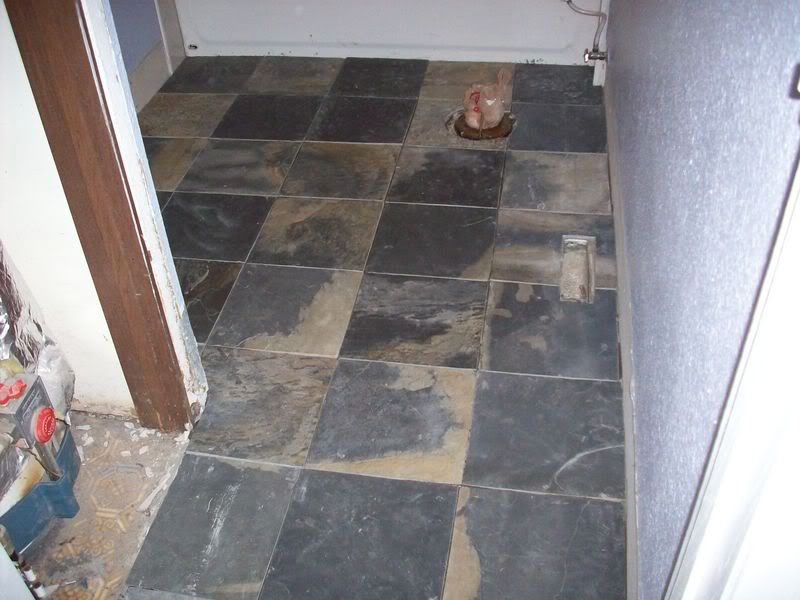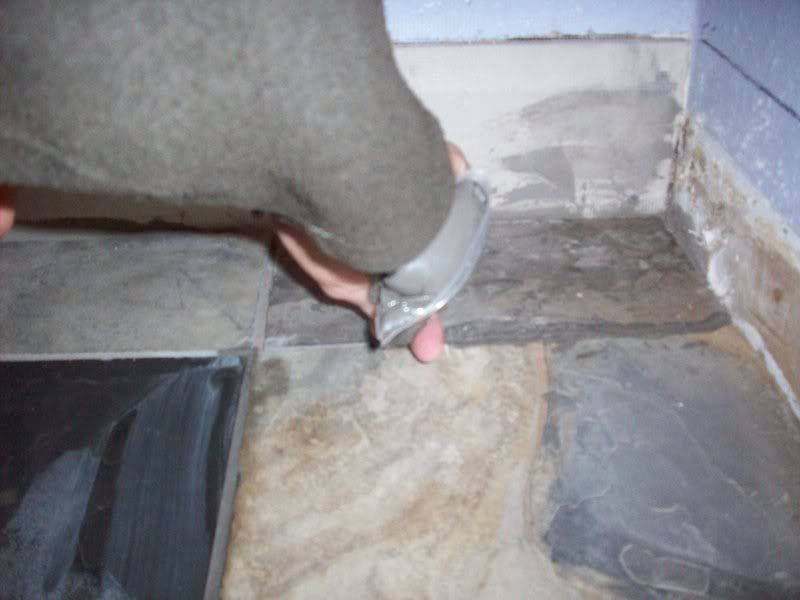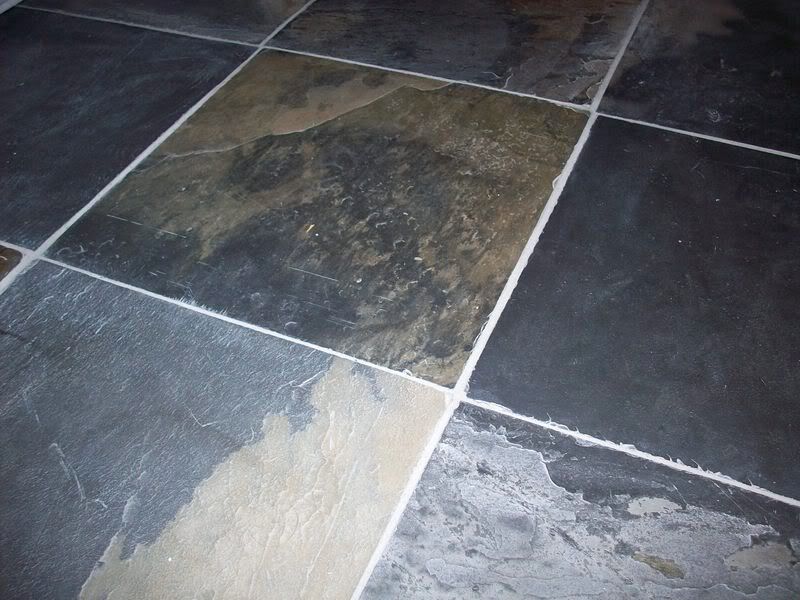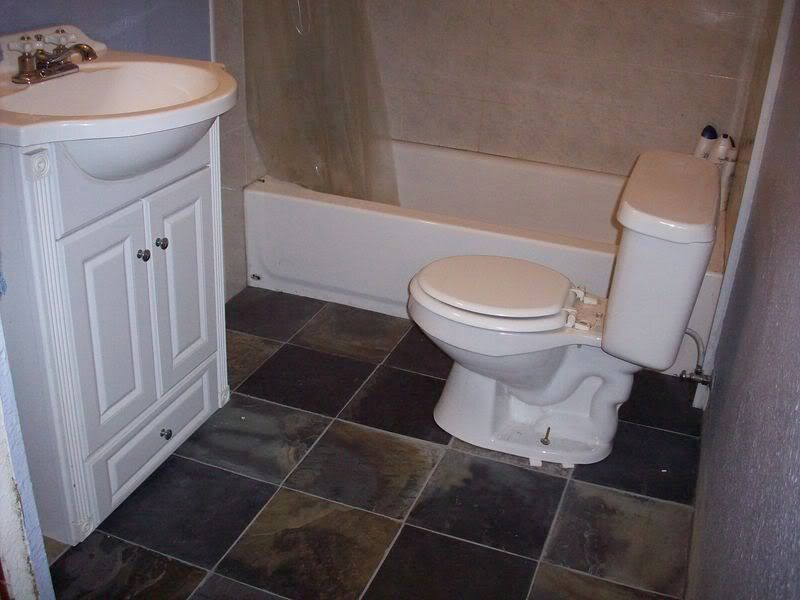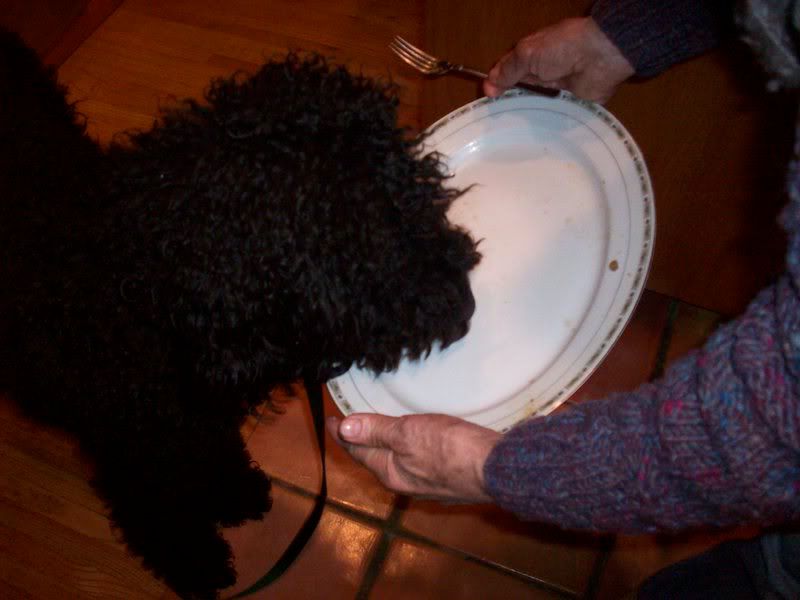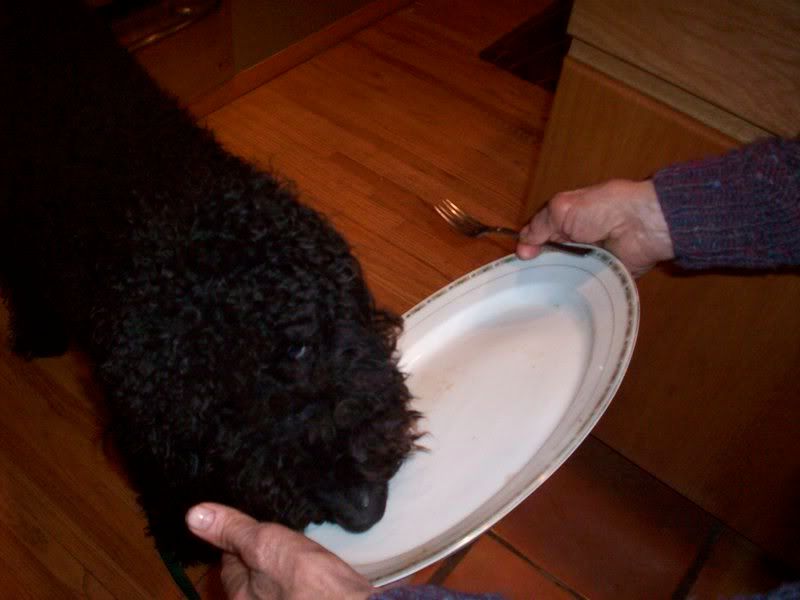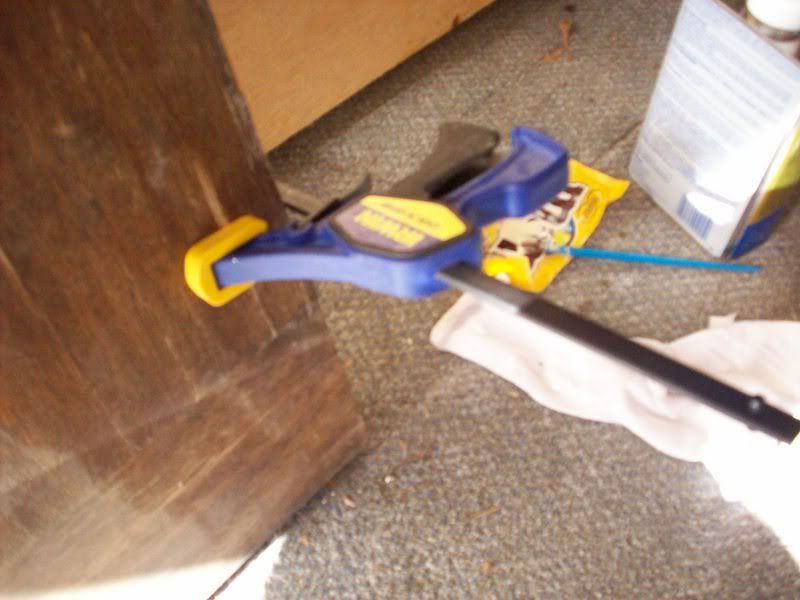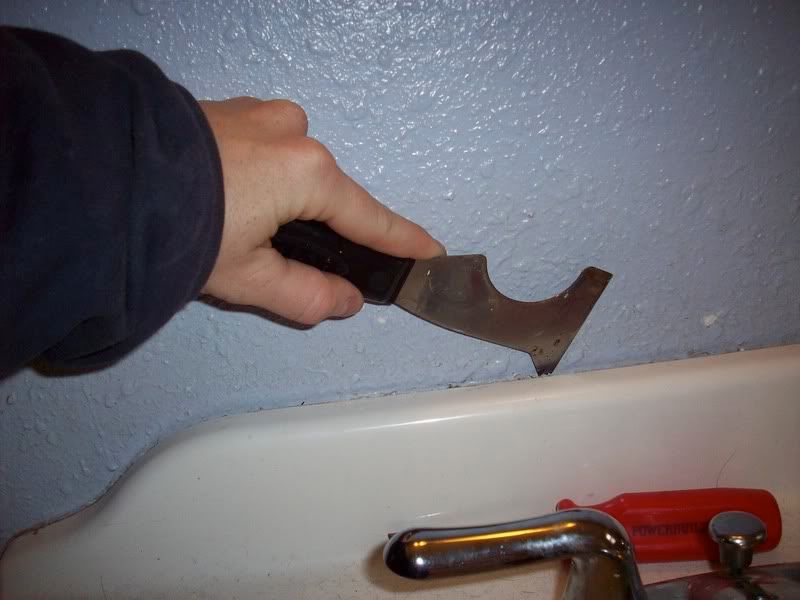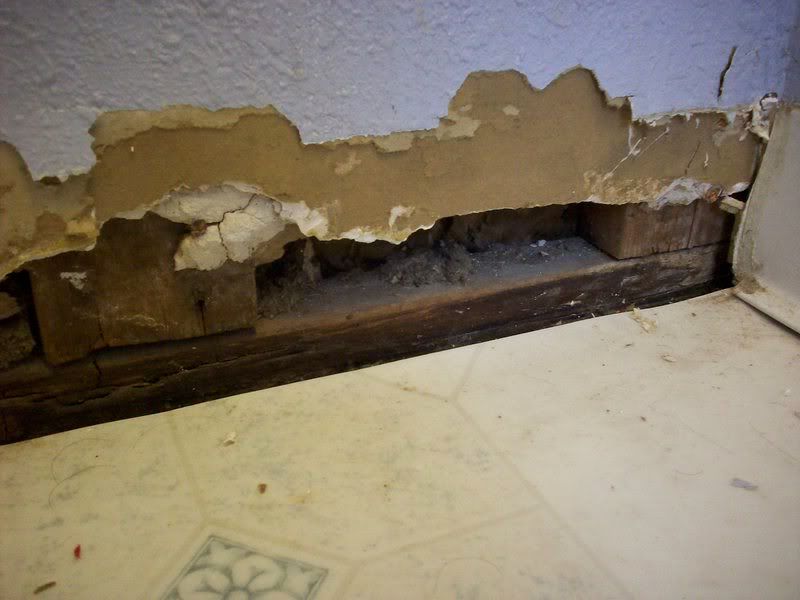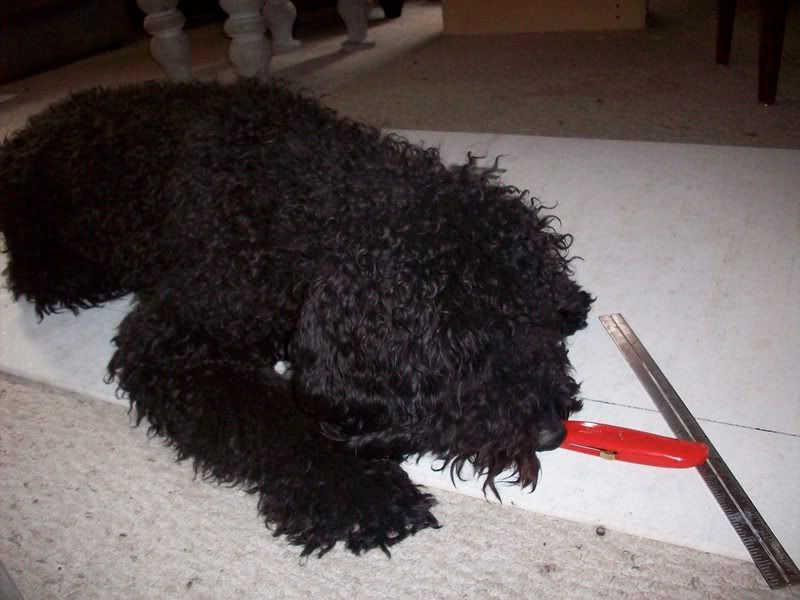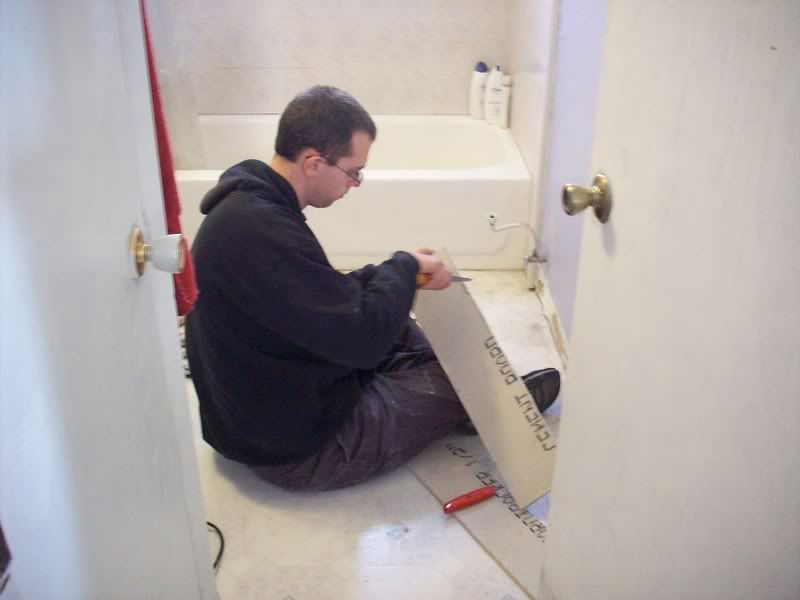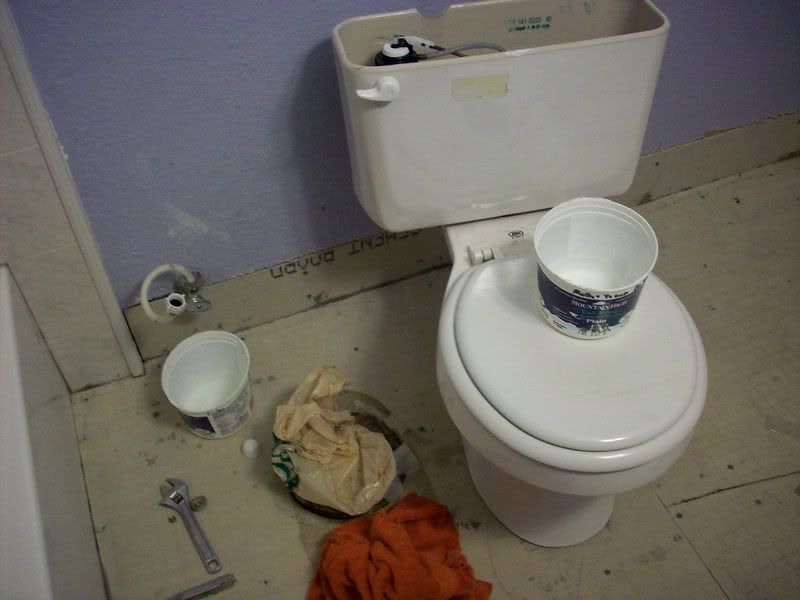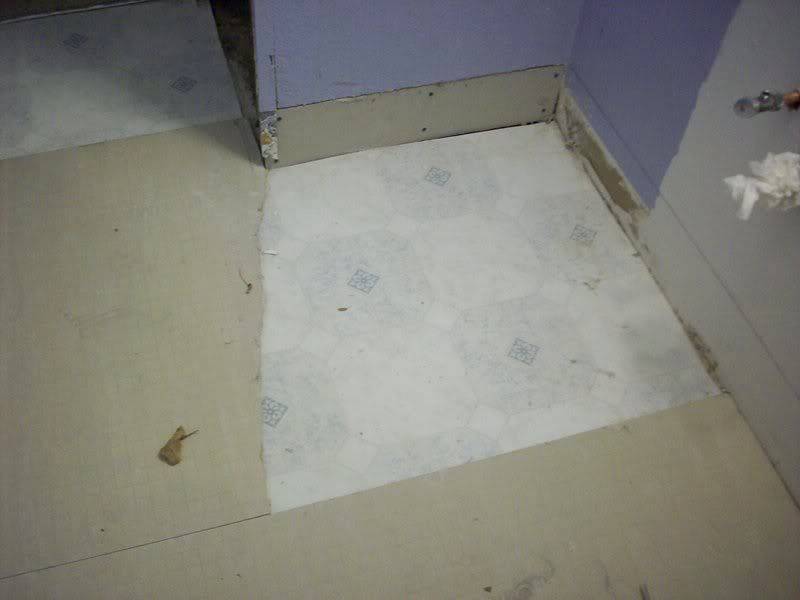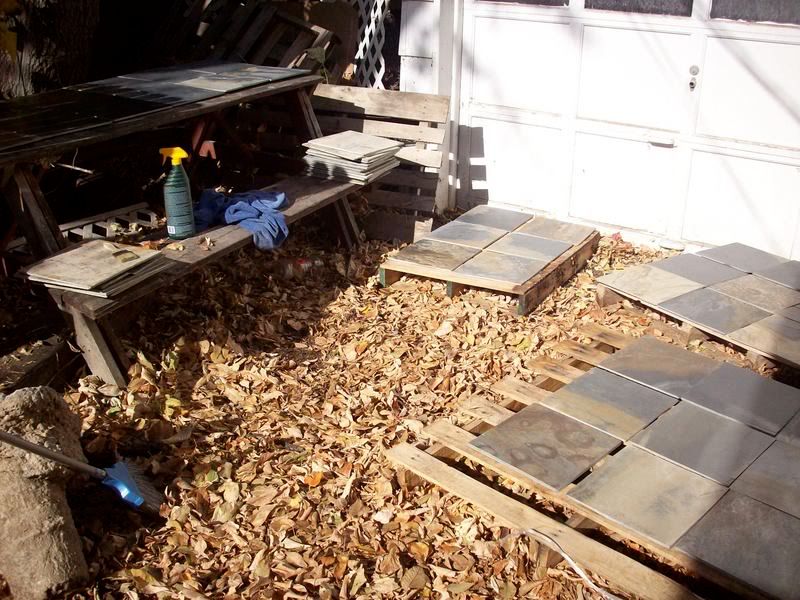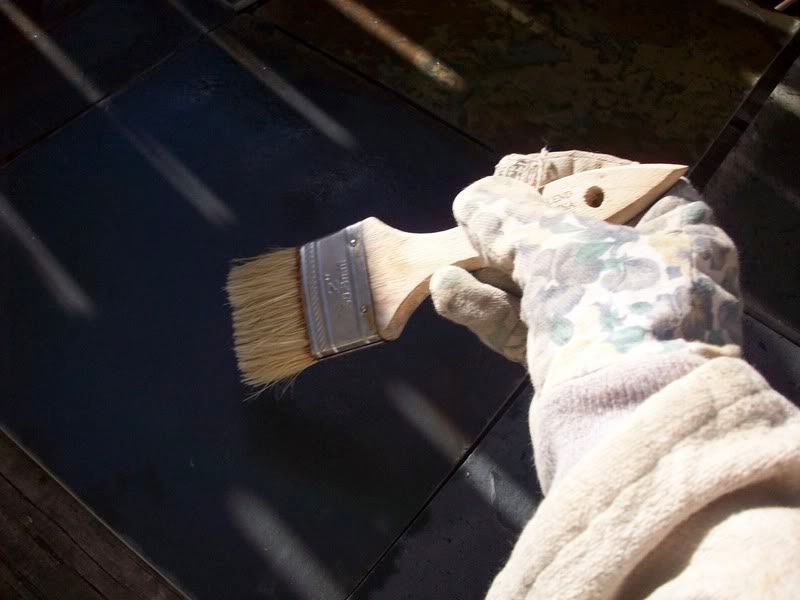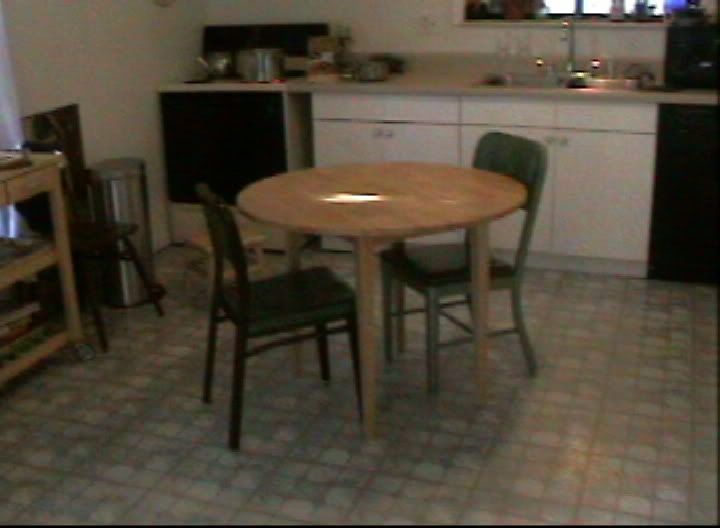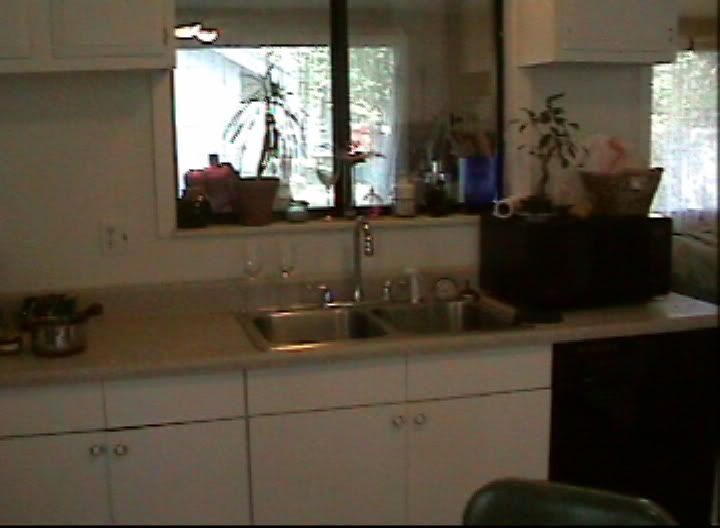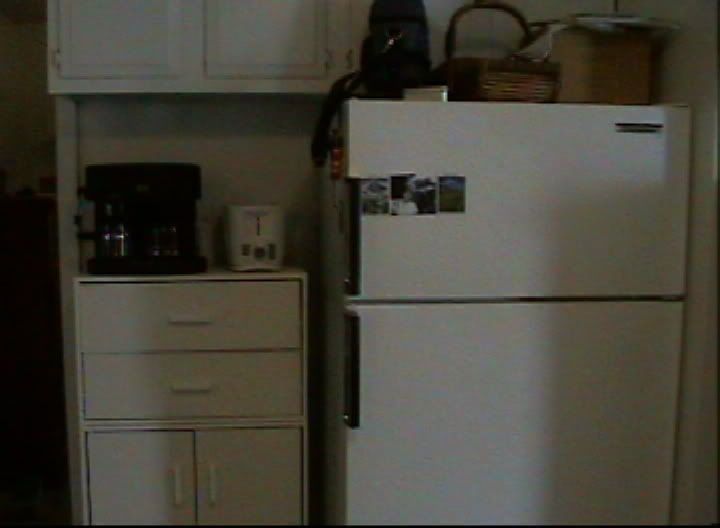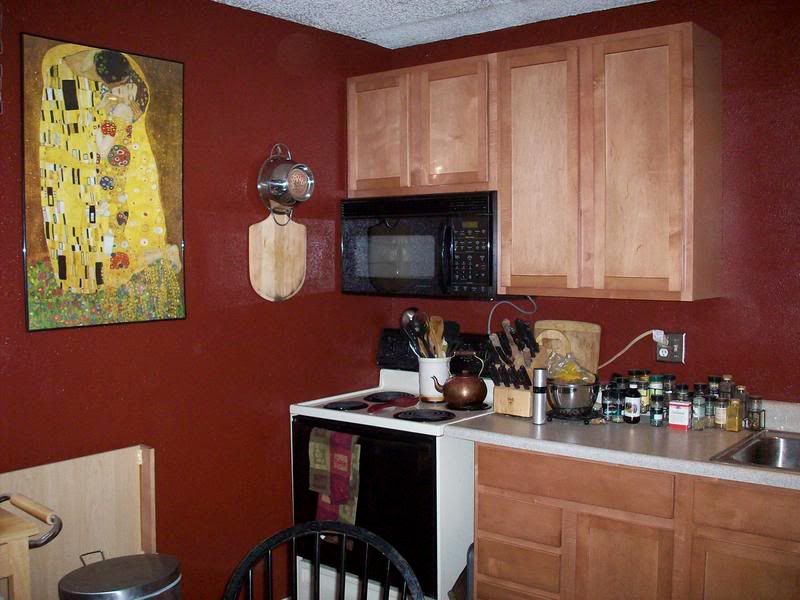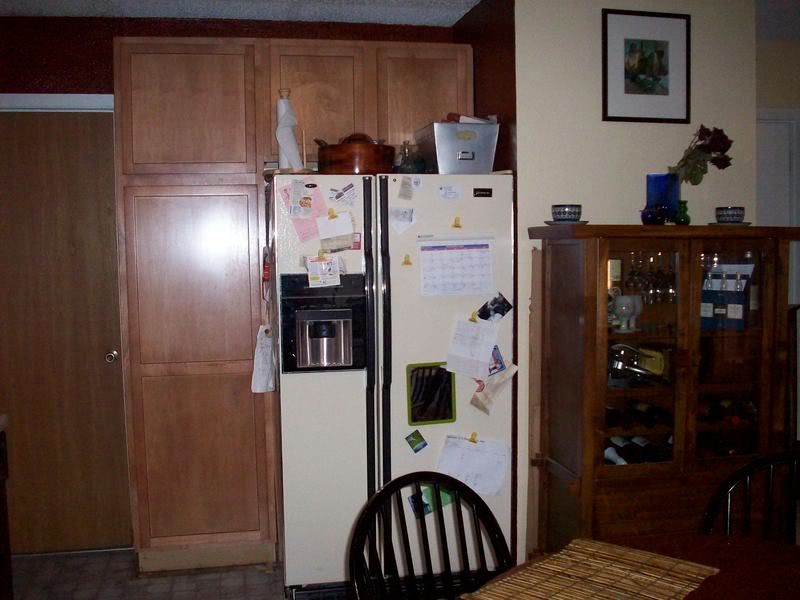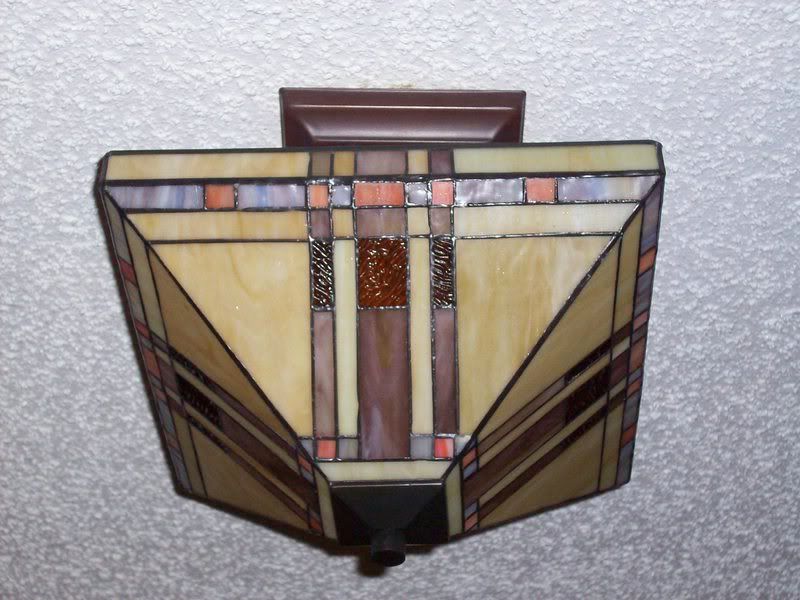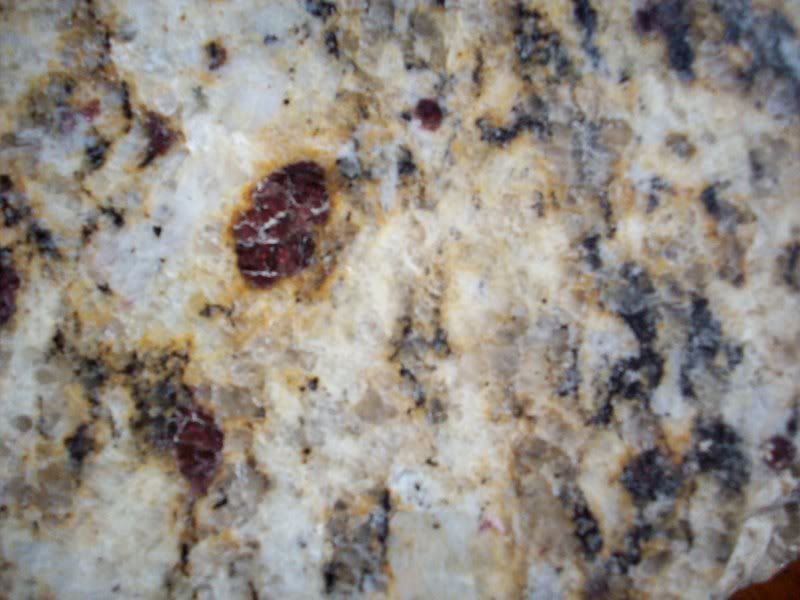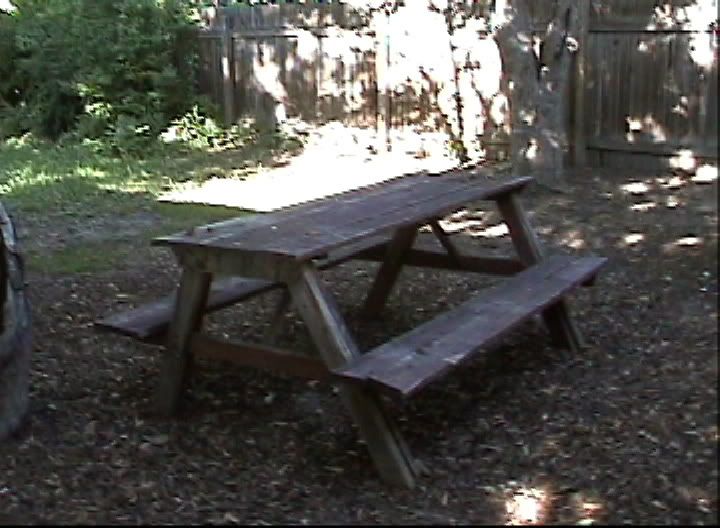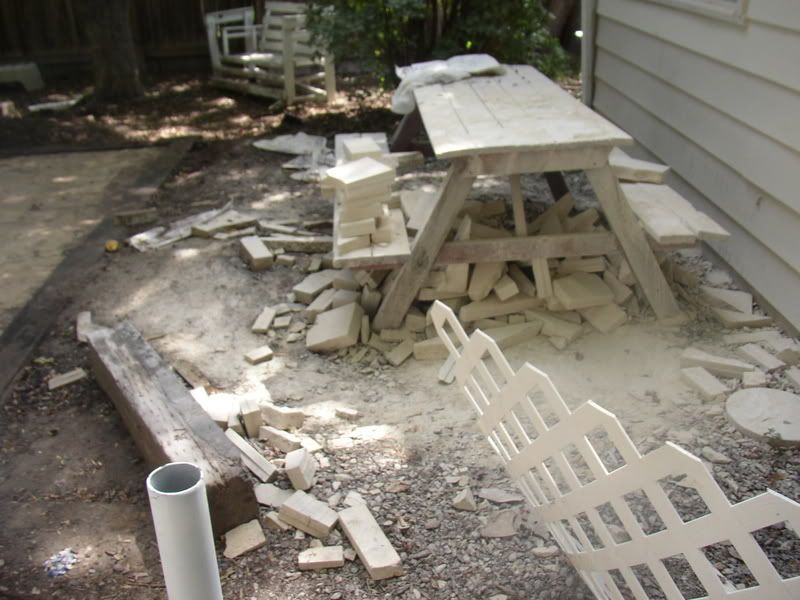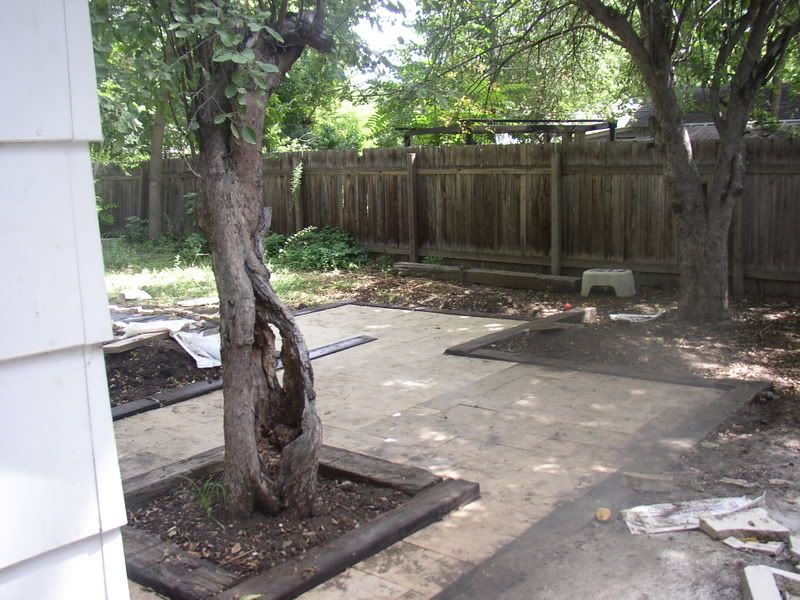This comment from LisaCarol of NunkProTunk's houses sent me off on a google search to search "pyramidal roof vernacular". I found many houses that looked similar, but lacked the "flat" top and centered chimney/vent. They were generally rectangular in shape, as well. Very close, but not quite!
A few of you suggested a cottage style might be more correct. I searched for "pyramid cottage" and found this picture, courtesy of the Park City (Utah) Historical Society and Museum:

Pyramid cottage
"Named for its characteristic pyramid roof, the pyramid
cottage is described as a four room square building with
a pyramid roof and front porch."
Information from: Deborah Lyn Randall, Park
City Utah: An Architectural History of Mining Town Housing, 1869
to 1907
I wanted to find out more information about this house style in Colorado. I expanded my search to include hipped roof houses as well as pyramidal houses and cottages. The houses are very common in railroad, mining, and timber towns of the west.
From the City of Longmont's Historical Preservation, Planning, and Development Services: (all emphasis is mine)
Vernacular Wood Frame
By far the most common style of architecture, vernacular wood frame structures have been built throughout Colorado since 1860. With an absence of architectural features and ornamentation that can distinguish a specific style, these simple, modest homes are divided into types according to floor plan and roof shapes.
The hipped box is a small, one-story structure with hipped roof and usually a front porch. These structures are commonly confused with the more elaborate classic box (Four Square) or Bungalow. Ornamentation is the key to distinguishing between these styles. The hipped box has no decorative elements.
...the “Hipped Box” classification... is a building type, rather than an architectural style. Hipped Box type buildings are simple one story square (or close to square) buildings with pyramidal hipped roofs. They may have a small covered entry or stoop, but they do not have porchesmmmmm... time to do more research, this time at the library to settle these contradictory statements. I'm hoping to find out more information about the earliest occupants, and possibly even information about the original existence or absence of a front porch.
It is pretty clear that it isn't a classic cottage, as those have a dormer and are generally longer.
Conclusion: My house is either classified as a pyramidal cottage, a hipped box, a pyramidal box, or a hipped cottage. OR... all four are right.


